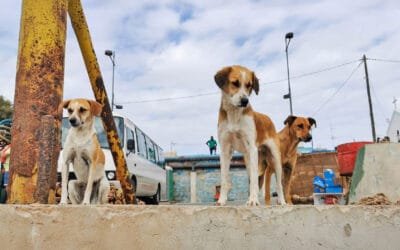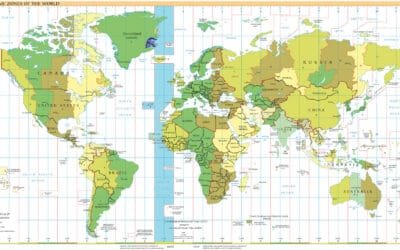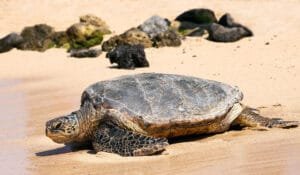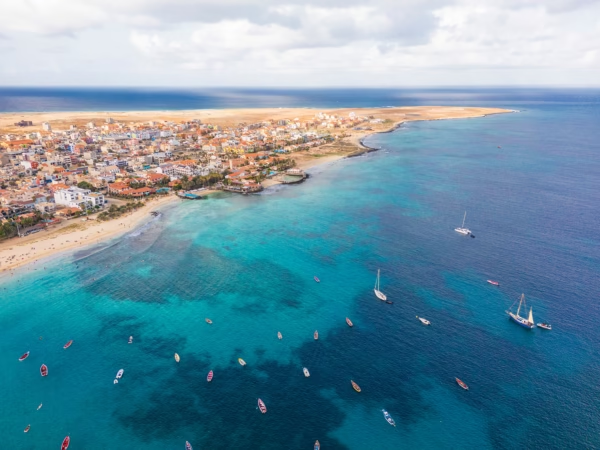Digital Nomads: What’s the Best Place To Stay On Sal?
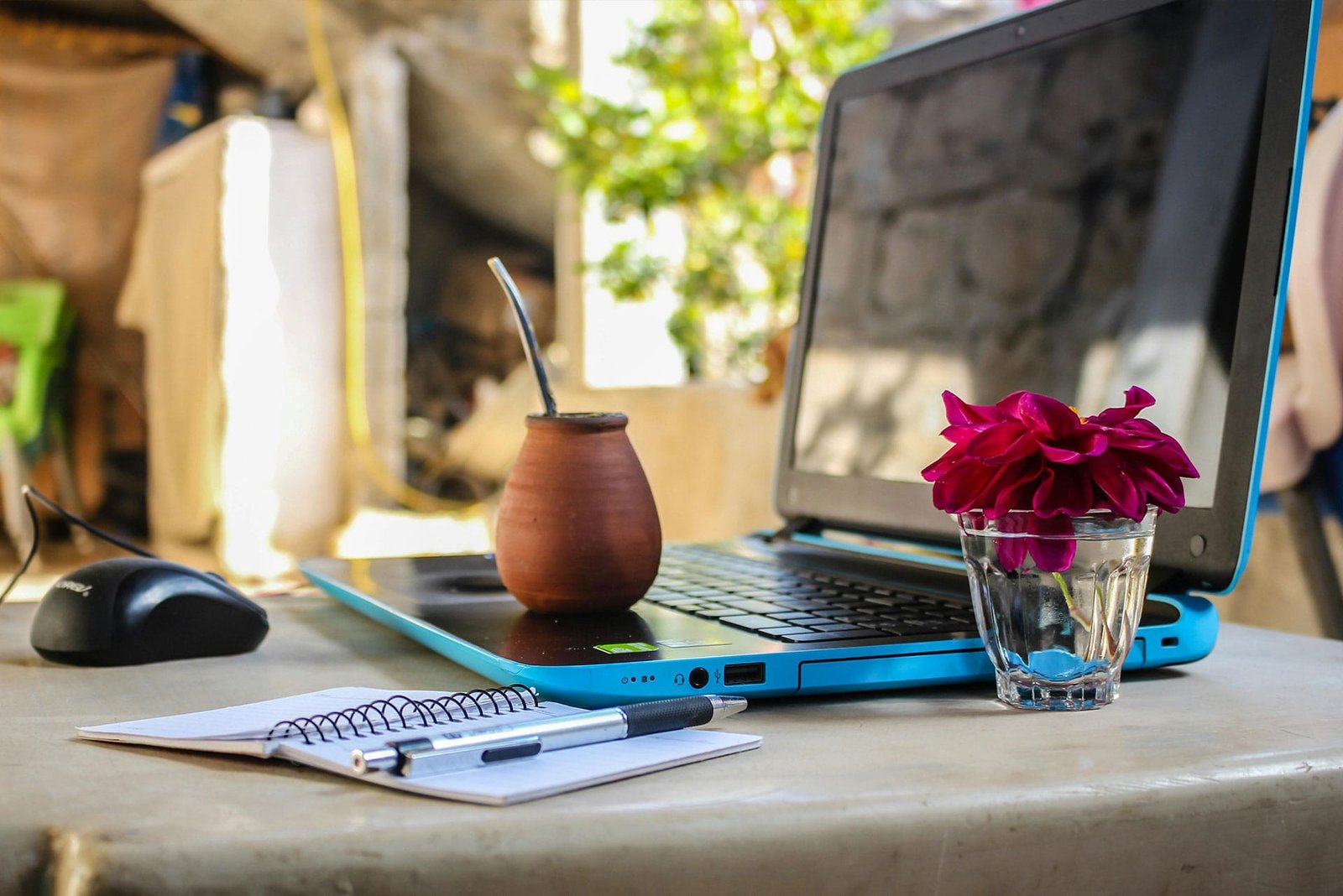
The rise of remote work is transforming Sal from a week-long beach destination into a viable base for location-independent professionals. However, success requires careful planning around the island’s infrastructure limitations and lifestyle adjustments.
Choosing the Right Neighbourhood
Location priorities shift dramatically when work becomes the primary activity. Santa Maria’s eastern areas—particularly the residential zones extending toward Ponta Preta — provide the optimal combination of space, infrastructure, and value. These neighbourhoods, developed over the past decade to accommodate longer stays, feature apartment complexes with dedicated workspaces and more reliable utilities than beachfront properties.
The Vila Verde complex exemplifies this evolution. It offers self-contained apartments with proper desks, ergonomic seating, and, in many apartments, well positioned windows — to minimise screen glare. Monthly rates here range from €400-700, significantly below the €1000+ commanded by beachfront studios. The 25-minute walk to Santa Maria centre initially seems inconvenient, but most digital nomads report preferring this separation between work and leisure zones.
Espargos presents an alternative for those prioritising cost savings and authentic local life. Apartments near the main square rent for €200-400 monthly, with the added advantage of proximity to proper supermarkets and local services. However, the 20-kilometre distance from beaches and the limited evening entertainment options suit only those genuinely focused on work productivity.
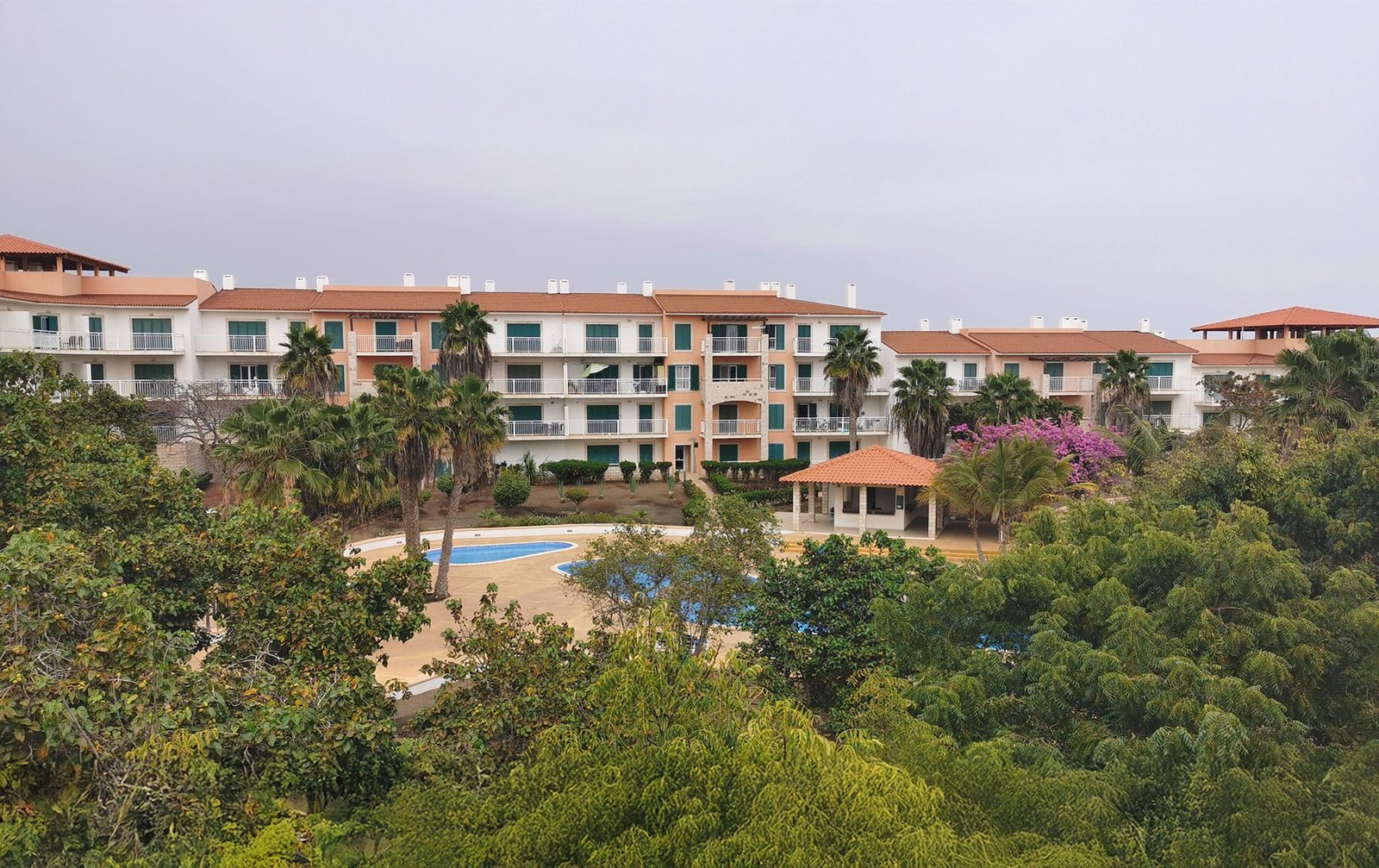
Internet Infrastructure Realities
Despite Cape Verde’s promotion of its telecommunications infrastructure, internet quality varies dramatically between properties. Properties advertising fibre connections typically deliver 50-100 Mbps—sufficient for video calls but occasionally unstable during peak evening hours when tourists stream content. The most reliable connections are concentrated in newer developments where infrastructure was planned rather than retrofitted.
Testing connectivity before committing to longer stays proves essential. Request speed tests at different times of day, particularly during your typical working hours. Many landlords now understand this requirement and provide detailed connectivity information upfront. Mobile data serves as a crucial backup; Unitel T+ and CV Móvel offer unlimited packages around €30 monthly, though speeds rarely exceed 20 Mbps.
Workspace Solutions Beyond Apartments
While most digital nomads eventually prefer home offices, Sal’s emerging coworking scene provides valuable alternatives. Ocean Café, despite its beach-bar appearance, transforms into an informal coworking space during morning hours. The 4 Mbps connection limits its utility for bandwidth-intensive work, but the €10 day pass, including lunch, offers value for lighter tasks.
Go Hub, launched in 2023, represents the first dedicated coworking space on Sal Island. Located in a converted villa near Santa Maria centre, it provides proper ergonomic furniture, meeting rooms, and importantly, backup power during outages. Monthly memberships cost €150, which is reasonable by European standards, though expensive relative to local costs.
Several beachfront restaurants welcome laptop workers during quiet hours, though wind and sand concerns limit their practical utility. The emerging pattern sees nomads working from home apartments during focused morning sessions, then relocating to cafés for afternoon administrative tasks and social interaction.
Navigating Salty Air and Electronics
The corrosive effects of salt air on electronics represent a challenge. Beachfront properties, while looking lovely — Instagram-worthy — accelerate laptop degradation significantly. Keyboards become sticky within weeks, and exposed ports corrode rapidly. Successful long-term nomads choose accommodations at least 500 meters inland and invest in protective cases and port covers.
Regular maintenance becomes essential — weekly keyboard cleaning with compressed air, silica gel packets in laptop bags, and avoiding beach work sessions entirely. Some nomads report laptop lifespans halving compared to inland locations, making the beachfront premium particularly costly when factoring in equipment replacement.
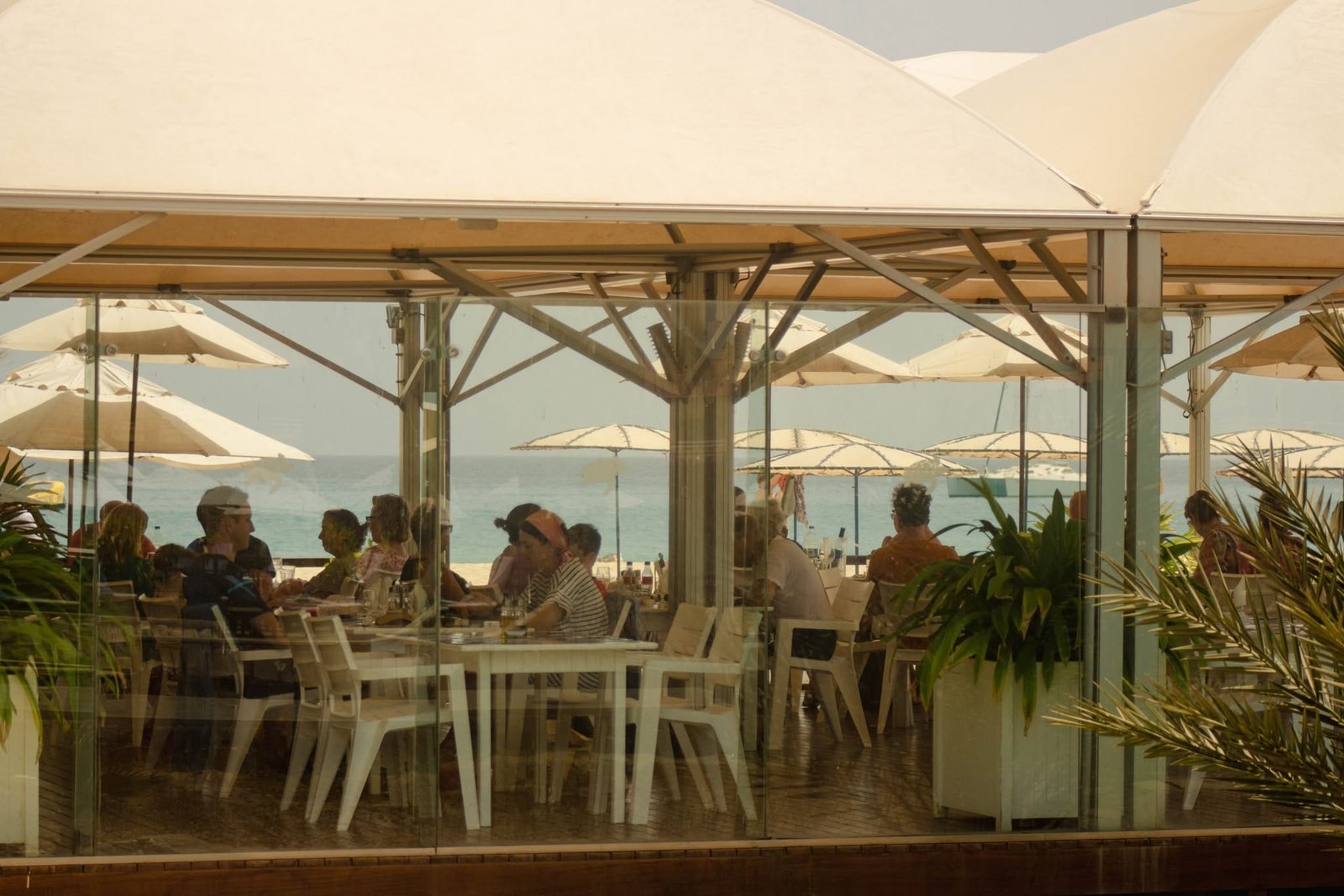
Digital Nomads’ Community and Networking
Digital nomad community on Sal remains small, but it’s growing, being centred around a few key gathering points. Thursday evenings at Calema Bar see informal meetups, while the monthly “Nomad Pizza Night” at Il Forno provides structured networking. The “Cape Verde Digital Nomads” Facebook group, though mixing all islands, offers the most active online community for finding accommodations, sharing tips, and organising social activities.
The government’s six-month remote working visa, while bureaucratic, legitimises longer stays and attracts more serious remote workers. The program requires demonstrating a minimum €1,500 monthly income, which filters out backpackers and creates a more professional community atmosphere.
Bibliography
- CaboWork. “Sal Island: Digital Nomad Guide.” November 2024. link
- “Sal – Cape Verde Islands: Tips, holiday and travel information.” July 2015. link
- Digital Nomads Guides. “Cabo Verde for Digital Nomads: a Mini-Guide.” April 2019. link
- Digital Nomads in Africa. “Cabo Verde Digital Nomad Guide – Work and Travel in 2024.” link
- Freaking Nomads. “Digital Nomad Guide to Living in Sal Island (Cape Verde).” April 2025. link
- The Digital Nomad World. “The Full Digital Nomad Guide to Sal.” July 2023. link
- Main picture by Samer Daboul via Pexels.
